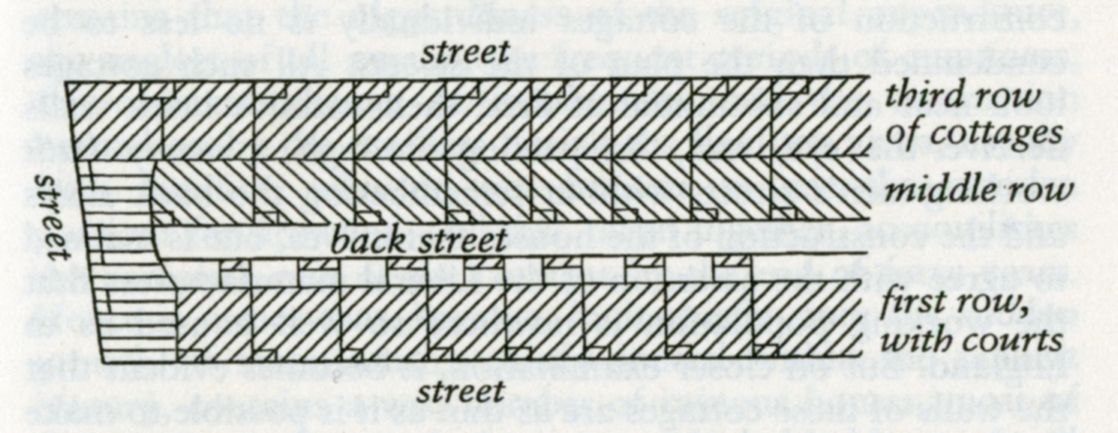


and I have often been able to observe them closely. , suffering from precisely the same distortions of the spinal columns and legs. I have seldom traversed Manchester without meeting three or four. This distortion usually consists of a curving of the spinal column and legs. The Commissioners mention a crowd of cripples who appeared before them, who clearly owed their distortion to the long working hours.

but in no case can its presence in the damp, heavy air of the factory, often at once warm and wet, contribute to good health and, in any case, it is unpardonable to sacrifice to the greed of an unfeeling bourgeoisie the time of children which should be devoted solely to their physical and mental development, and to withdraw them from school and the fresh air in order to wear them out for the benefit of the manufacturers. The old enfeebling influences continue, while the work is added to them. At nine years of age it is sent into the mill to work 6 1/ 2 hours (formerly 8, earlier still, 12 to 14, even 16 hours) daily, until the thirteenth year then twelve hours until the eighteenth year. A nine-year-old child of a factory operative that has grown up in want, privation, and changing conditions, in cold and damp, with insufficient clothing and unwholesome dwellings, is far from having the working strength of a child brought up under healthier conditions. The result in the most favourable case is a tendency to disease, or some check in development, and consequent less than normal vigour of the constitution. These influences are at work, of course, among the children who survive, but not quite so powerfully as upon those who succumb. A masterpiece of committed reporting and an impassioned call to arms, this is one of the great pioneering works of social history.THE GREAT MORTALITY AMONG CHILDREN of the working class, and especially among those of the factory operatives, is proof enough of the unwholesome conditions under which they pass their first years. His fascinating later preface, written for the first English edition of 1892 and included here, brought the story up to date in the light of forty years' further refelection. Engels paints an unforgettable picture of daily life in the new industrial towns, and for miners and agricultural workers-depicting overcrowded housing, abject poverty, child labour, sexual exploitation, dirt and drunkenness-in a savage indictment of the greed of the bourgeoisie. Written when Engels was only twenty-four, and inspired in particular by his time living amongst the poor in Manchester, this forceful polemic explores the staggering human cost of the Industrial Revolution in Victorian England.


 0 kommentar(er)
0 kommentar(er)
